As a lifelong cat lover and founder of CatCareLab, I’ve witnessed the miracle of feline motherhood countless times. Yet, every time a curious pet parent asks, “How long are cats pregnant before giving birth to kittens?” my heart swells with excitement. This journey—spanning roughly 63–65 days—is a delicate dance of nature, filled with tiny paws, tender moments, and critical milestones. But let’s cut to the chase: If you’re here, you’re likely navigating this journey yourself or supporting someone who is. Buckle up. By the end of this guide, you’ll know exactly what to expect, from the first flutter of pregnancy signs to the triumphant mew of newborn kittens.
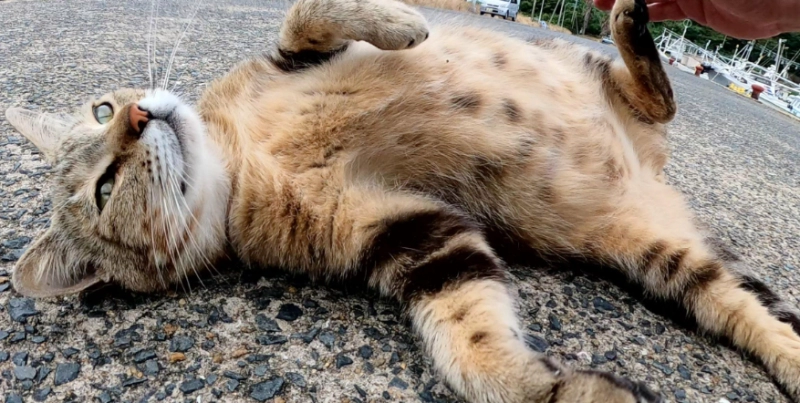
The Feline Pregnancy Timeline: Breaking Down the 63–65 Days
A cat’s gestation period is a marvel of efficiency. Unlike humans, who spend nine months preparing, cats condense their entire pregnancy into just two months. Here’s what happens week by week:
Weeks 1–3 (Days 1–21): The Silent Beginnings
During the first trimester, changes are subtle. Around day 16–20, the cat’s nipples “pink up”—turning rosier and more prominent—a telltale sign of pregnancy. However, most owners miss these early clues. My own cat, Luna, once hid her pregnancy so well that I only noticed her “glow” when she started stealing extra tuna!Weeks 4–6 (Days 21–42): The Belly Swells
By week four, the cat’s appetite skyrockets. Her belly rounds out, and she may adopt a calmer demeanor. I’ve seen feisty strays transform into docle cuddle bugs during this phase. Veterinarians can palpate tiny fetuses by day 28, but avoid DIY checks—you might harm the kittens.Weeks 7–9 (Days 42–63): Nesting and Nurturing
In the final stretch, the cat’s belly becomes unmistakably large. Nesting instincts kick in: My colleague’s Persian, Mochi, once dragged towels into a closet to build her “maternity ward.” Watch for frequent grooming of the belly and vulva, and ensure she has a quiet, warm nesting spot.
Critical Note: While 63–65 days is typical, pregnancies lasting under 58 days risk premature, weak kittens, while those exceeding 70 days may indicate dystocia (difficult labor) requiring vet intervention. Stress, like moving homes, can also trigger early labor.
Signs of Labor: Is It Time?
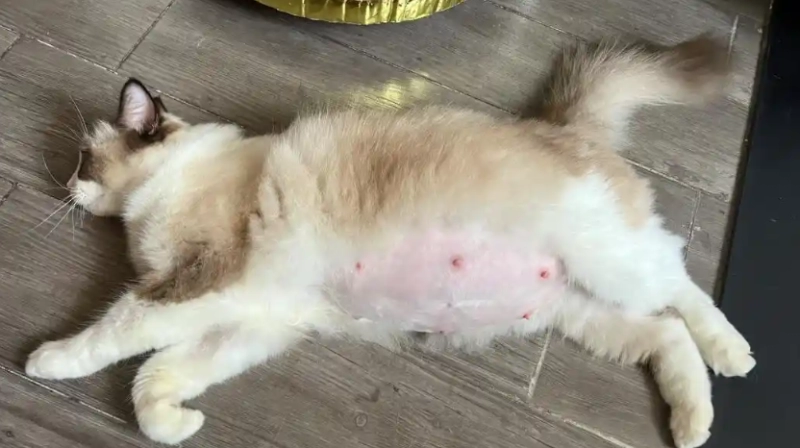
When your cat enters labor, she’ll follow a three-stage process:
Stage 1 (Up to 6 Hours): Pre-Labor Preparations
Contractions begin, and the cervix dilates. Your cat may purr loudly, pant, or lick her vulva. A clear vaginal discharge often appears—this is normal.Stage 2 (Under 1.5 Hours): Active Labor
Kittens arrive! Most emerge breech (tail-first), though head-first births aren’t uncommon. Each kitten is delivered within 30–60 minutes, and the entire litter typically arrives within 6–12 hours.Stage 3 (Post-Birth Cleanup)
The mother bites off umbilical cords, eats placentas (rich in nutrients), and cleans her newborns. While instinctive, some cats may need help if exhausted.
Pro Tip: Healthy indoor cats rarely face complications, but always keep your vet’s number handy. My friend’s Siamese once paused labor for 24 hours—a quick vet visit saved the day!
Caring for Your Pregnant Cat: 5 Non-Negotiables
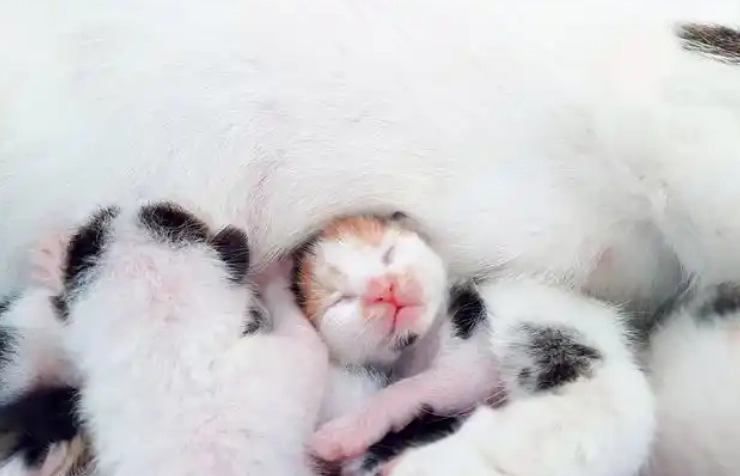
Diet Matters: Switch to high-calorie, nutrient-dense food by week four. I recommend brands like Royal Canin Mother & Babycat for optimal fetal growth.
Vet Visits: Schedule prenatal checks to rule out parasites and confirm fetal health.
Stress-Free Zone: Avoid loud noises or sudden changes. A stressed cat might deliver prematurely.
Nesting Box: Provide a cardboard box lined with soft blankets. Place it in a quiet corner—cats crave privacy.
Post-Birth Monitoring: Ensure all placentas are expelled to prevent infection.
The Bigger Picture: Why Timing Is Everything
Cats evolved to reproduce rapidly—a survival trait from their wild ancestors. But domestication demands responsibility. Overbreeding strains their bodies; ethical breeders wait at least 6 months between litters. As a shelter volunteer in Austin, Texas, I’ve seen too many “oops litters” end up in overcrowded facilities. Spaying/neutering remains the kindest choice for pets not intended for breeding.



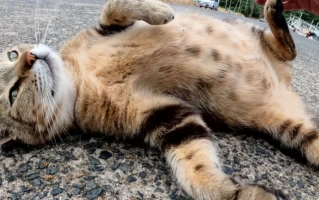
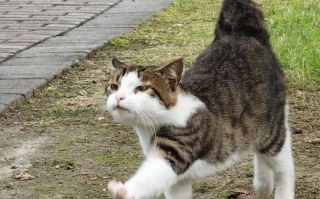
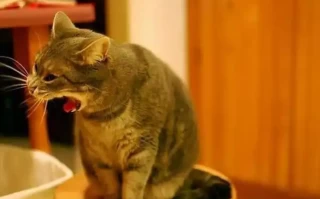


No comments yet, come on and post~